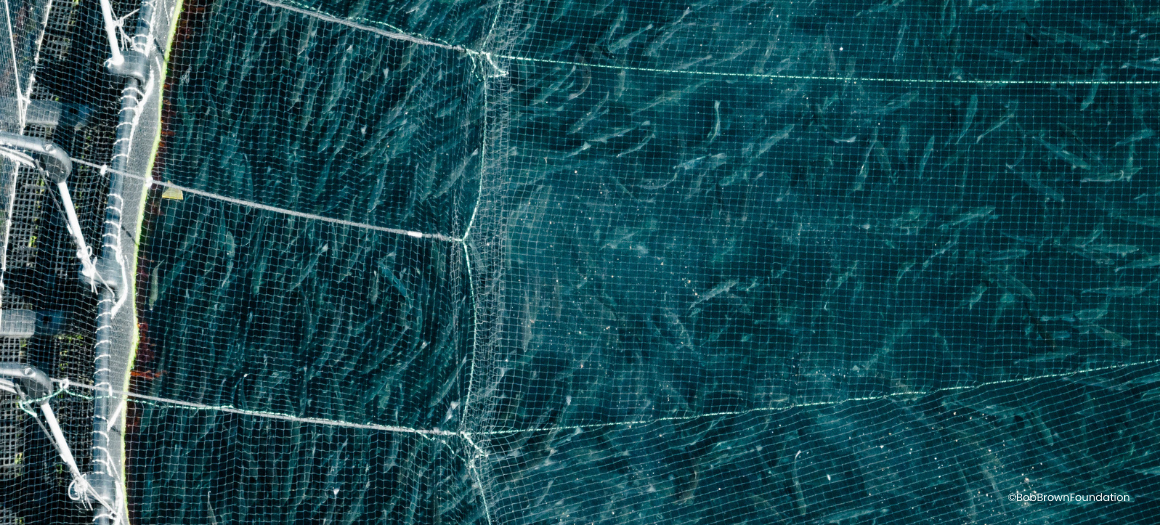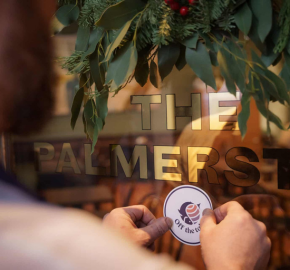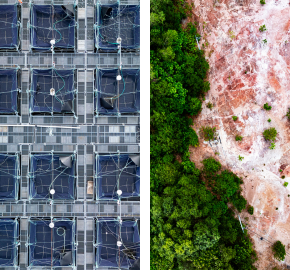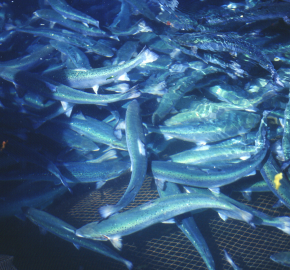WildFish launches new innovative salmon farming sea lice heat map

The new map highlights locations, intensity and scale of the main sea lice infestations on salmon farms on a weekly basis.
WildFish Scotland (formally known as Salmon & Trout Conservation Scotland) has today launched a new indicative geographical representation of sea lice emissions from Scottish salmon farms in the west Highlands and Islands. Drawing on the latest weekly published official data, this ground-breaking map provides a graduated visual indication of the farms and areas with the highest numbers. This is believed to be the first such initiative in Scotland.
Andrew Graham-Stewart, Director of WildFish Scotland, said:
“Whilst the self-reporting of weekly sea lice numbers by all Scottish salmon farms has been a statutory requirement since March, the data is presented by Sepa in a form that is difficult to navigate, analyse and digest. Our new mapping tool is simple to understand, enabling users to appreciate immediately where the current sea lice problem areas are, the scale of the emissions and which farms and companies are involved.
“By shining a light on the main farms and areas of concern, the map should be invaluable in holding regulators, who are responsible for ensuring that salmon farms maintain sea lice numbers below specified levels but all too often turn a blind eye to breaches, to account. We also anticipate that the map will be indispensable for local wild fish interests, notably district salmon boards, which have statutory responsibility for protecting wild salmon and sea trout from the negative impact of salmon farms, particularly lethal infestations of sea lice.”
WildFish’s intention is to produce updated maps on either a weekly or fortnightly basis. Weeks 13 to 45 inclusive are viewable here.
For all enquiries, please contact Andrew Graham-Stewart
Notes
- WildFish UK and WildFish Scotland work to protect wild salmonid fish stocks and the aquatic environment upon which they depend.
- The advent of salmon farming has led to a fundamental change in the density and occurrence of sea lice in much of the coastal waters of the west Highlands and Islands. Even one or two mature female sea lice per fish within a set of cages housing hundreds of thousands of farmed salmon constitutes a rampant breeding reservoir, pumping huge numbers of mobile juvenile sea lice out into the local marine environment. The consequences when wild salmon and sea trout smolts, the metamorphosing fragile skin of which is not adapted to cope with more than the odd louse, migrate from local rivers into this “sea lice soup” can be devastating. Carrying an unnaturally high burden of sea lice is known to compromise severely the survival of juvenile migratory salmonids. Lice feed by grazing on the surface of the fish and eating the mucous and skin. Large numbers of lice soon cause the loss of fins, severe scarring, secondary infections and, in time, death. Quite literally, the fish are eaten alive.



